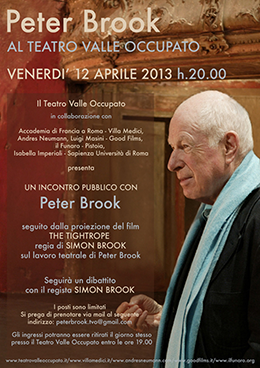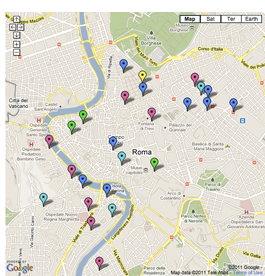Present Continuous, Present Perfect, the Imperative and present modals in the 1st conditional.
The basic structure of all the conditionals is ‘if A ⇒ B’, where A is the condition and B is the result. We use grammar to distinguish between the condition and the result and in the basic version of the first conditional the condition is in the Present Simple and result is expressed using ‘will’.
In this lesson I look at the alternatives we can use in both the condition and the result to extend the meaning. The condition can be expressed using the Present Continuous and the Present Perfect and the result using the present modals–can, may, must–or the Imperative.
First conditional 2
View more from David Nicholson


